Rugby's concussion reviews are ‘not fit for purpose’, says brain expert
- Published
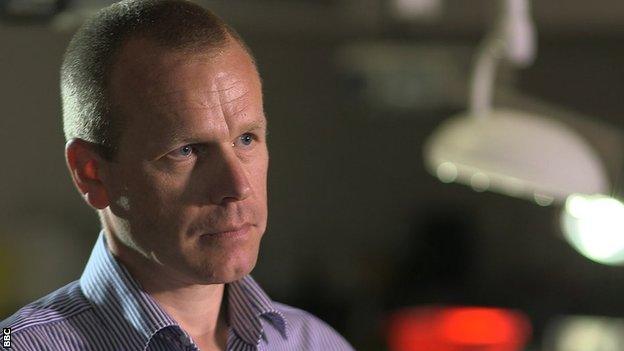
Dr Willie Stewart researches the links between sport and long term brain damage
Rugby's concussion reviews are 'not fit for purpose' and the sport is becoming 'unplayable', according to a leading concussion expert.
Dr Willie Stewart, of World Rugby's Independent Concussion Advisory Group, says the governing body's attempts to tackle the issues around brain injuries have had little effect.
In a wide-ranging interview with BBC Sport Scotland, Dr Stewart:
Says the number of players suffering concussion at the top level is "unacceptably high".
Warns the volume of injuries per match is making rugby "virtually unplayable".
Calls recent Untoward Incident Reviews into brains injuries - including the case of Munster's Conor Murray - "not fit for purpose".
Argues that World Rugby is not learning lessons.
Back in January, in an attempt to lessen the incidence of concussion in their sport, World Rugby introduced heavier sanctions for high tackles. If the head area was hit, referees were mandated to dish out more penalties, more yellow cards and more red cards to the worst offenders.
A recent study of Premiership rugby in England concluded that rates of concussion have gone from 6.7 concussions per 1,000 player hours in 2012-13 to 15.8 concussions per 1,000 player hours in 2015-16 - or one brain injury in every couple of matches. The number of concussions has risen every year for the last four years. Of all match-day injuries, concussion now accounts for 25% of the total.
"We're back to the Wild West"
For a few weeks after the new sanctions were introduced in January referees flashed cards of both colours, then the Six Nations arrived and everything went quiet. An international rugby coach, who does not wish to be named, has said that rugby's "Wild West" has returned. What he meant was that the zero tolerance approach has been watered-down and that high tackles are going unpunished, or not sufficiently punished, in the way that World Rugby's sanctions demand.
Dr Stewart is a consultant neuropathologist at Glasgow's Queen Elizabeth University hospital. He is also an associate professor at the University of Glasgow and the University of Pennsylvania and is a member of World Rugby's concussion advisory group. He is a former amateur rugby player and has been working in the field of brain injury for more than 15 years.
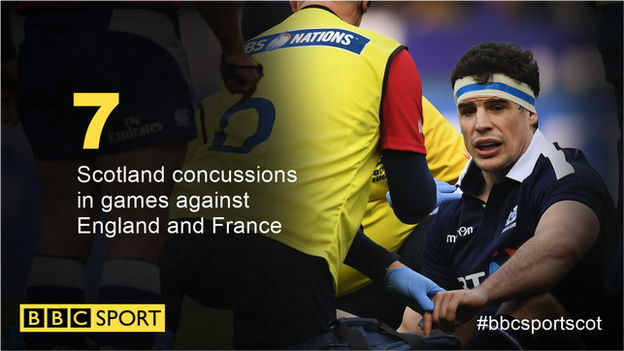
"For the first few weekends after the new sanctions came in the cards were out of the pockets," said Dr Stewart. "A point was being made and it looked like we were going to get somewhere. You could see the tackles going lower, but we seem to have drifted back. Cards were being dished out for high tackles, but where is that now? It doesn't exist. You can say that players have adapted. No, they haven't. Referees have adapted because they've stopped enforcing it with the same vigour.
"It's back to the Wild West, that's correct. My sense is that there was a brief flurry of activity to demonstrate that things were happening and then the foot was taken off the gas and we've gone back to where we were before. So, effectively, nothing has happened. There's been no meaningful change."
World Rugby disagree with Dr Stewart's view. "This opinion is not supported by the data, which confirms that the new tackle law application guideline is being consistently and accurately applied across elite competitions and this was also the opinion of international coaches and referees attending a recent World Rugby workshop.
"The sanctioning of high tackles and dangerous charging has increased, with March representing the highest number to date of yellow cards and high tackles per match (punished), so it would be inaccurate to state that application may have eased off. Overall, when comparing January to March 2016 to the same period in 2017, there has been a two-fold increase in the number of high tackles and a 2.2-fold increase in the number of yellow cards issued for high tackles."
In their games against France and England in this season's Six Nations, Scotland suffered seven separate concussions. "That's crazy," said Dr Stewart. "That's unacceptably high." Dan Biggar, announced in Warren Gatland's Lions squad on Wednesday, is the latest high-profile player to be involved in such an incident.
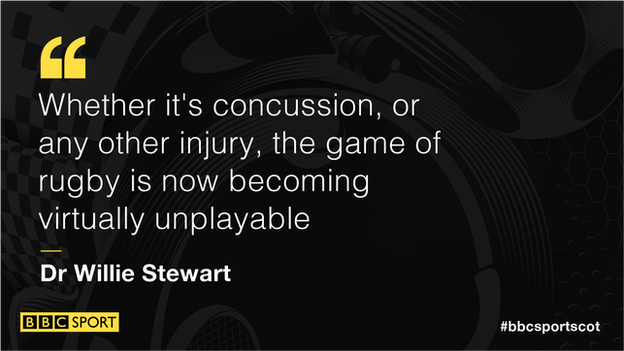
Earlier this month, while playing for the Ospreys against Leinster in the Pro 12, Biggar took a bang to the head, left the field for examination, passed his Head Injury Assessment (HIA) and returned to play. Just after the game finished he admitted that he "couldn't remember much of the last 10 minutes, to be honest. I was a little bit dazed." It raises the argument about how effective the HIA system truly is if players are passing the test while being unable to remember what they were doing on the field subsequently.
"Whether it's concussion, or any other injury, the game of rugby is now becoming virtually unplayable," said Dr Stewart. "When I was playing rugby people ran into each other and accidents happened, but what we now have is people setting out to collide with each other, people who go into a ruck with a shoulder to clear people out, people who go into a tackle forearm first or high - all that stuff is going on which could be taken care of.
"You can't go on playing a game where there is a reasonable expectation that a player who steps out that day is going to get a brain injury - and that is what they are."
Three reviews, no action
It's not just what he sees as a relaxation of January's high-tackle sanctions that is concerning Dr Stewart, it's the situation surrounding reviews into three on-field incidents in December and January.
George North appeared to be knocked out when playing for Northampton against Leicester on December 3. After a HIA North was allowed to play on.
A week later, TJ Ioane was permitted to continue playing for Sale against Harlequins despite showing concussive symptoms. In the Untoward Incident Review (UIR) of the Ioane case, it emerged that two independent match-day doctors, suggesting that the player should be removed for concussion assessment, were over-ruled by the player's own team medic after administering the Maddocks questions (to determine if the player knew where he was and what time of day it was).
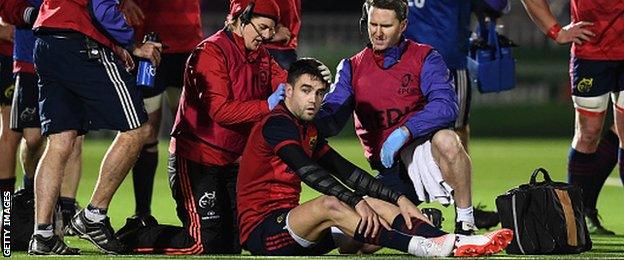
Dr Willie Stewart describes the review into the handling of Conor Murray's head injury against Glasgow as a 'miserable, shocker' of a report
On January 14, in a Champions Cup game between Glasgow and Munster at Scotstoun, there was another incident, this time involving Munster's Conor Murray.
The incident happened just after the hour-mark. Murray was tackled by Tim Swinson and hit the ground like a falling plank. A Munster team-mate, Andrew Conway, rapidly indicated that something was wrong with Murray. Glasgow's Ali Price looked at the ref to take some action. Luke Pearce, the referee, blew his whistle seven times to illustrate that there was a potentially serious situation unfolding. He promptly waved the medics on to the field.
With the player still on the field, the Munster medics then went through the Maddocks questions with Murray and cleared him to play on. Straight away, Murray took another hit, this time from Josh Strauss. He was slow to get back up. It was only then that Munster removed him from the field. He passed his immediate HIA, then another and then another.
Untoward Incident Reviews were conducted by Premiership Rugby in the North and Ioane cases and by European Professional Club Rugby in Murray's case. No action was taken against any of the clubs and no changes were brought to the HIA protocol.
"The buck stops with World Rugby"
Dr Stewart claims these reports suggest the review system is not fit for purpose, with the Murray example a "miserable, shocker" of a report.
"Look at the detail," he said. "It doesn't bother to speak to anybody who might have witnessed the incident, it just takes a statement from the player's team.
"If they had done this properly and taken all the statements, other than from the team, then they would have heard why the referee was so concerned that he blew the whistle so many times, they would have heard why the other players were so concerned, they might have taken a statement from the Glasgow medics who may have seen something different.
What is a pitch-side head injury assessment? |
|---|
1. Player must correctly answer a series of simple questions including: What venue are we at? Which half is it? |
2. Immediate memory test: Player must remember and repeat a sequence of five words. |
3. Player must remember sequences of numbers and repeat them in reverse. |
4. Balance evaluation: Player must walk by putting one foot directly behind the other. |
5. Symptom checklist: A doctor checks for symptoms including headache, nausea and blurred vision. |
6. Player is asked to remember words from immediate memory test (3). |
7. Doctor checks for clinical signs like drowsiness and emotional distress. |
"The report should have taken a statement from everybody, not because we're trying to build a case against the medics - everybody makes mistakes - but because we're trying to find out where this system might have failed the player and how it could be prevented from happening again.
"In the Murray report, the (Munster) evidence quite clearly states, after checking for a neck injury 'he was further assessed for any possible head injury. He answered all his Maddocks questions correctly,……and was cleared to return to play'.
"As soon as you ask those questions you are asking is the brain functioning and you are at least thinking there's been an injury that may have led to concussion. And if you are thinking that then in rugby it's an HIA and he has to be off the park while that assessment is taking place. World Rugby is very clear about this. That should have been a red line in the report that said, 'No, no , no'. Instead, the report agrees with the on-field management.
World Rugby said it would be "inappropriate to comment on specific cases" but confirmed that Maddocks questions should not be asked on the field of play.
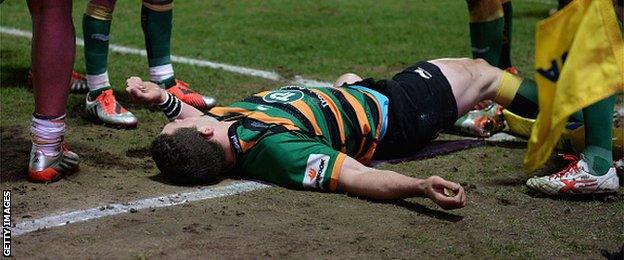
Northampton and Wales wing George North has been at the centre of several incidents where the treatment of head injuries has been questioned
"While World Rugby might argue these competitions and reviews are run by various other organisations," says Dr Stewart, "for the wider public World Rugby is "rugby". The buck stops with World Rugby when it comes to the HIA and its perceived success or failures."
The sport's governing body commented: "Prior to the HIA's implementation in 2012, 56% of players assessed and cleared to play on were later determined to have sustained a concussion. With its combination of symptom recognition, video review and off-field screening, the HIA process has driven a significant improvement in the identification and removal of players with possible and confirmed concussions.
"The data are compelling, illustrating a move from 13% of concussed players mistakenly left on the field in 2013/14 to 4.5% at Rugby World Cup 2015 and an average of just 8% across 22 elite competitions worldwide in 2015/16."
The ultimate goal for Dr Stewart is simple - "to make sure that no concussed player stays on the field."
"Mistakes will happen, we all know that," he says. "There will be failings, but in each of these failings we must learn something - and I'm not sure I can see rugby learning the lessons."
- Published20 April 2017
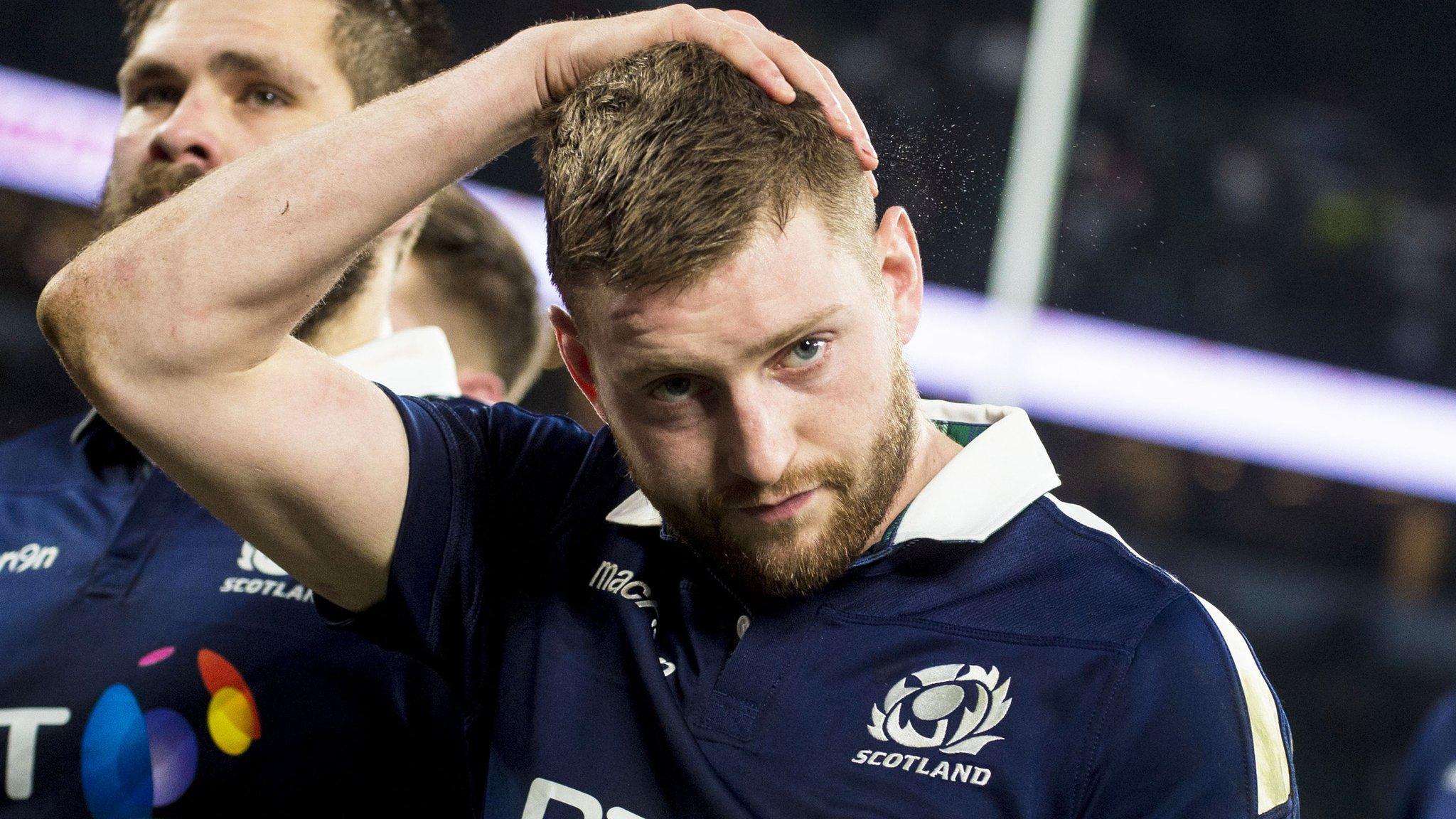
- Published20 April 2017
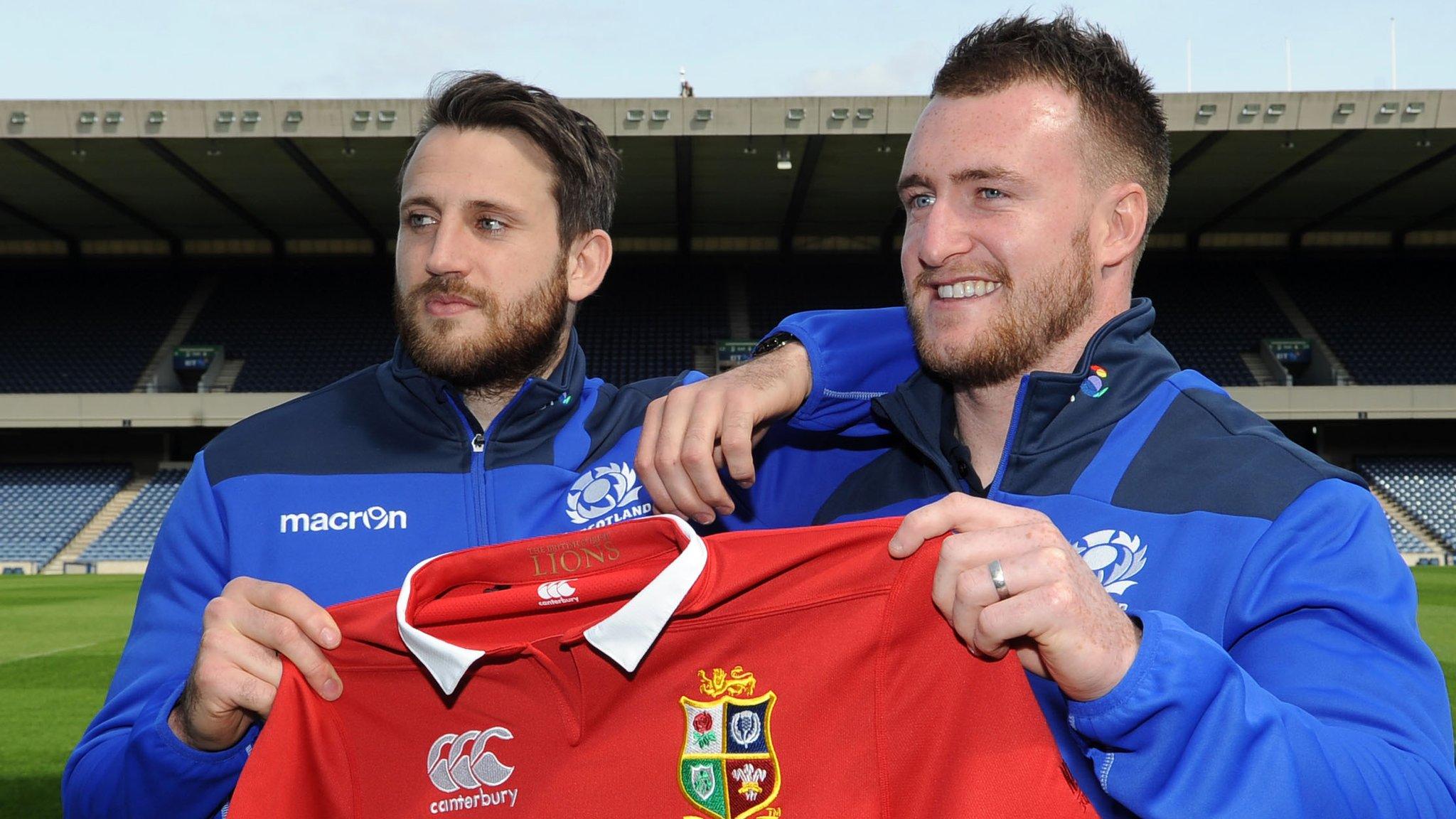
- Published19 April 2017